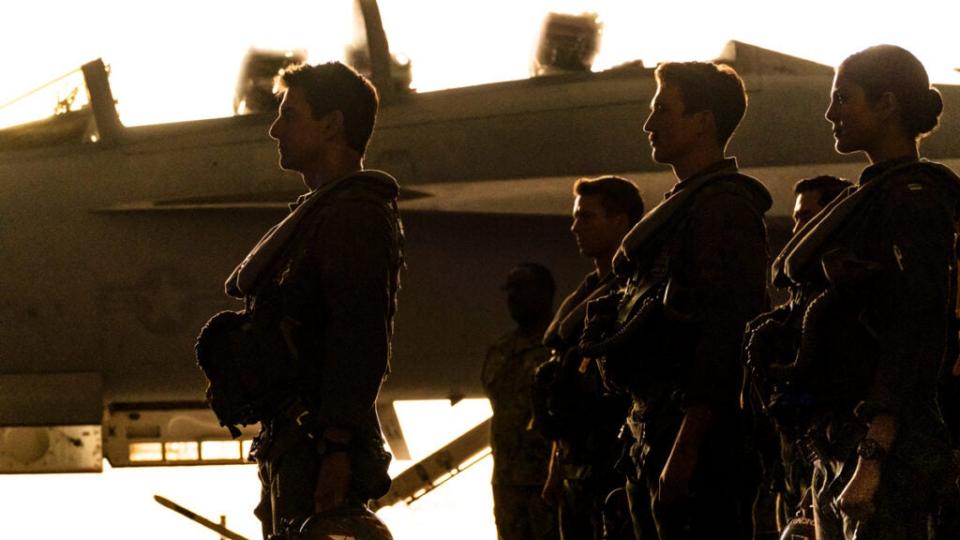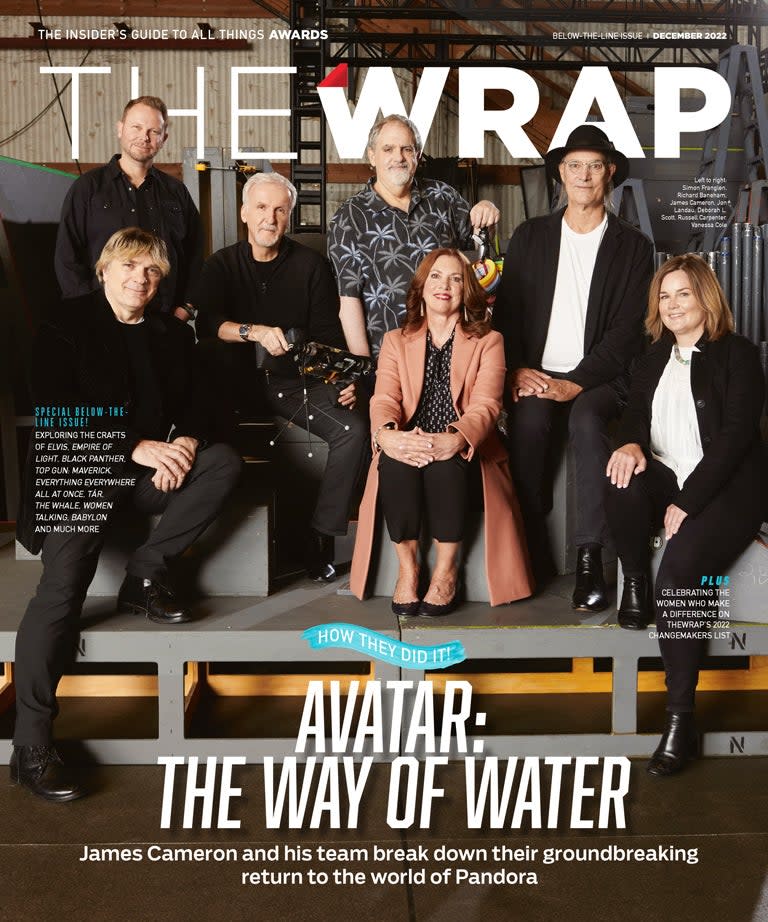Why ‘Top Gun: Maverick’ Cinematographer Claudio Miranda Got His Pilot License to Work on the Tom Cruise Blockbuster
- Oops!Something went wrong.Please try again later.
- Oops!Something went wrong.Please try again later.
- Oops!Something went wrong.Please try again later.
This interview with “Top Gun: Maverick” cinematographer Claudio Miranda first appeared in the Below-the-Line issue of TheWrap’s awards magazine.
If you’re an Academy Award-winning cinematographer best known for making the impossible possible in movies where you convincingly de-age your leading man (“The Curious Case of Benjamin Button”) or create the illusion of wild animals trapped on boats with live actors (“Life of Pi”), and your latest endeavor involves innovating naval aviation photography in the 21st century for a sequel 26 years in the making, what do you do? You become a pilot, of course.
Claudio Miranda, the Chilean-born director of photography who won the New York Film Critics Circle Award and the National Board of Review honor for his eye-popping work on “Top Gun: Maverick,” knew that’s what he had to do to create the film’s instantly iconic, you-are-there air vistas. “I got my license,” says Miranda. “I did a bunch of testings in an Aero L-39 just to show the Navy, ‘This is what we’re going to do, here’s the plan’.”
Also Read:
‘Top Gun: Maverick’ Becomes Most-Watched Film Premiere Ever on Paramount+
Making an impressive follow-up to director Tony Scott’s original 1986 film “Top Gun” required its own set of skills, particularly with Miranda trying to put cameras as close as humanly possible to the actors in the fighter-jet cockpits.
“I couldn’t put a camera on the wing pointed at the actors because of aerodynamics,” he said. “And nothing can be in front of the wing. There’s a great position where I wanted to put a camera, but I didn’t get that … They wouldn’t let me.”

But Miranda found a way to both honor the previous film and create a sun-kissed, vivid new look for “Maverick.” He recalled connected with the original’s cinematographer Jeffrey Kimball for some insight.
“He was really helpful,” Miranda said. “Tony mainly shot anamorphic, but we shot spherical on this one. And it was mainly for size and weight. If you have something that weighs 10 pounds, 7G is 70 pounds, and that’s a big deal. So it was important for me to get in early to make sure I could get all the camera mounts. When I first heard about the job, I said, ‘OK, let me get into the plane and let’s start figuring this out.'”
Read more from the Below-the-Line issue here.

Also Read:
‘Top Gun Maverick’ Cruises Into Top 3 on This Week’s Streaming Movie Ranker | Chart

